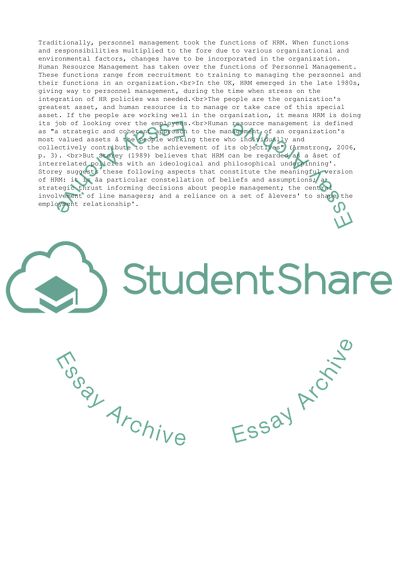Cite this document
(“Strategic management and other aspects of HRM Research Paper”, n.d.)
Retrieved de https://studentshare.org/management/1560611-strategic-management-and-other-aspects-of-hrm
Retrieved de https://studentshare.org/management/1560611-strategic-management-and-other-aspects-of-hrm
(Strategic Management and Other Aspects of HRM Research Paper)
https://studentshare.org/management/1560611-strategic-management-and-other-aspects-of-hrm.
https://studentshare.org/management/1560611-strategic-management-and-other-aspects-of-hrm.
“Strategic Management and Other Aspects of HRM Research Paper”, n.d. https://studentshare.org/management/1560611-strategic-management-and-other-aspects-of-hrm.


